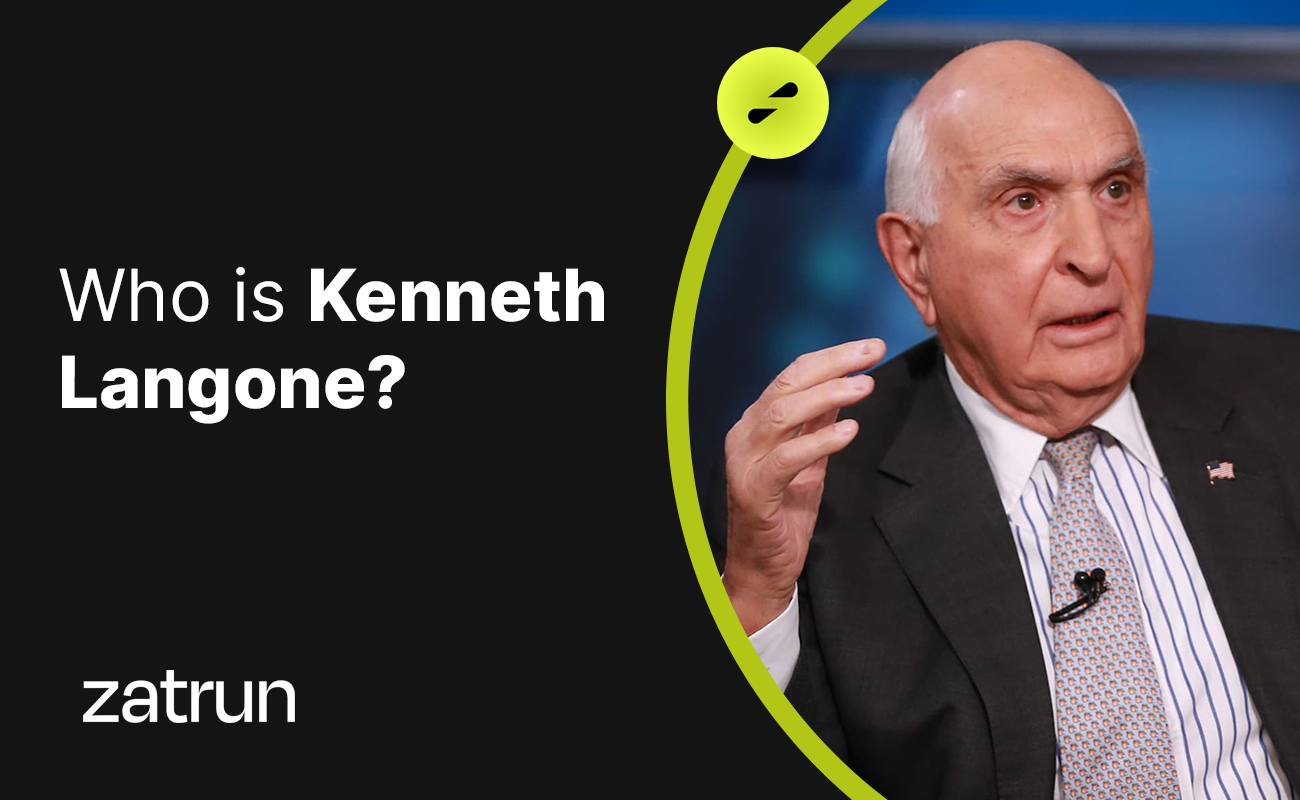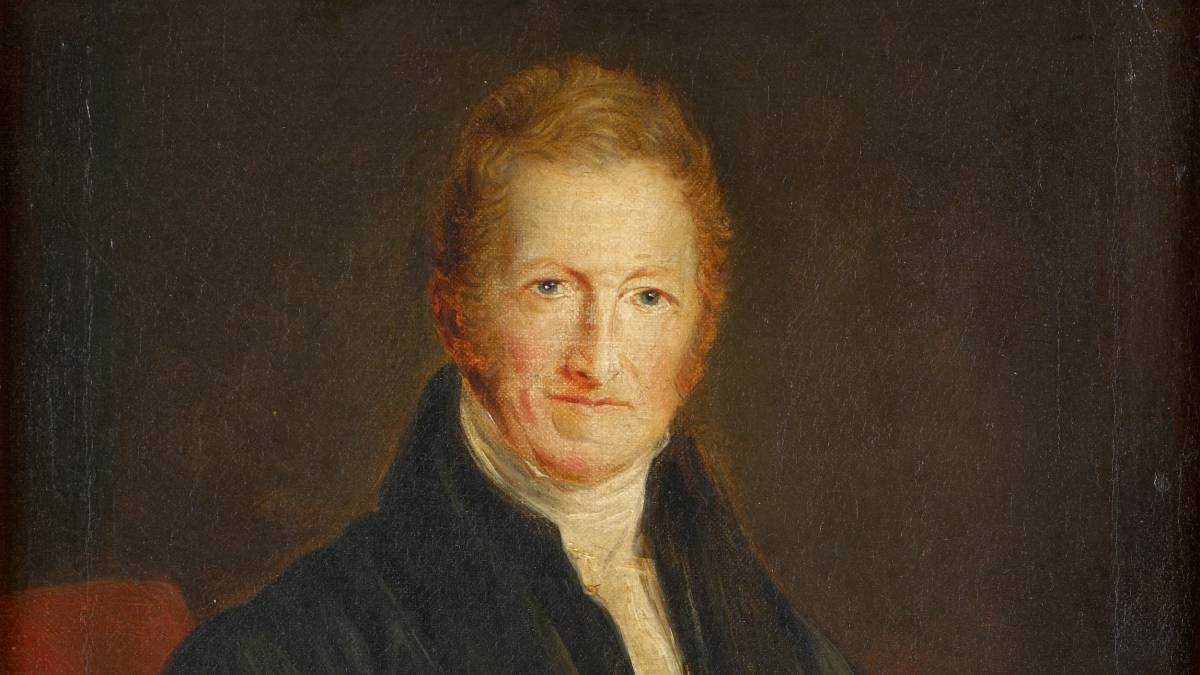Wassily Leontief 101: Who is an American Economist? In our article of Zatrun.com, we will cover in detail everything you need to know about the American economist Wassily Leontief, who our readers are curious about.
Who is Wassily Leontief?
Wassily Leontief was born on August 5, 1906 in Munich, Germany (during the Nobel Prize presentation, his birthplace was Russia, St. Although it is listed as St. Petersburg). His father’s family, since 1741 St. Who lived in St. Petersburg and 17. they were merchants belonging to the sect of “Old Believers (Starovery)”, which had separated from the Russian Orthodox Church since the turn of the century, but his father was an economics professor. His mother was a rich Jew from Odessa. Leontief St. in 1921 at the age of 15. He entered St. Petersburg State University and received a degree equivalent to a master’s degree in 1923 at the age of 19.
Wassily Leontief was a supporter of the Mensheviks and had campaigned for freedom of expression and academic autonomy. This in turn led to his arrest and being investigated by the Cheka several times. The Cheka authorities allowed Leontief to leave Soviet Russia in 1925, thinking that he had a sarcoma tumour and would not live long; this diagnosis was later found to be incorrect. Leontief continued his academic education at the economics department of Humboldt University in Berlin and received his doctorate in 1928 under the supervision of Werner Sombart with a thesis entitled “Economic Fluctuations”.

From 1927 to 1930, Wassily Leontief worked at the famous “Kiel Institute of World Economy” at the University of Kiel. His research topic was the statistical derivation of supply and demand curves. in 1929, he visited China and worked as a consultant at the Ministry of Railways. Leontief moved to the United States in 1931 and worked as a consultant at the National Bureau of Economic Research (NBER). in 1932, he married the American poet, Estelle Marks. They also had a child from this marriage. Wassily Leontief, II. During World War II, he served as a consultant at the Office of Strategic Services, an intelligence agency in the United States at the time.
His Academic Life
Wassily Leontief started his academic career in the Economics department at Harvard University in 1932, then became a Professor of Economics in 1946. During his professorship at Harvard, he developed an input-output table for the American economy in 1941. In 1949, using a primitive computer system located at Harvard, he created an economic model for 500 sectors of the U.S. economy using data provided by the U.S. Bureau of Labor Statistics. For each of the 500 sectors, Wassily Leontief used data and computer technology to create a linear equation model and used the “Harvard Mark II” computer to solve a system of 500 linear equations. This was the first practical application of using computers to solve mathematical models in economics.

Wassily Leontief founded the “Harvard Economic Research Project” in 1948 and served as its director until 1973. He also served as the president of the Harvard Society of Fellows, an academic association, starting in 1965. He was awarded the Nobel Prize in Economics for his work on input-output tables and related theories in 1973. Leontief moved to New York University in 1975, where he founded and became the director of the Institute for Economic Analysis. he retired from the university in 1991, but continued to teach as an honorary professor until his 90s. Leontief died on February 5, 1999 in New York City at the age of 93.
His Career Life
Leontief is recognised for his success in developing the General Equilibrium theory by developing the linear efficiency model and for his contributions in expressing and using these theoretical developments in practical input-output models. The practical input-output table showed a new approach to economic policy and development planning in 1941, inspiring many empirical economic studies. It is constantly used in the field of economic planning in developed Western countries, socialist countries and developing economies.
Leontief has also made significant contributions to other economic fields. By studying the input-output tables, he concluded that America’s exports are more important in labour-intensive goods. This contradicted the theories of international trade and was called the “Leontief Paradox”, opening an important area of theoretical and practical research. He also made contributions to international trade theories by developing the theory of composite goods.

In his economic studies, Leontief was a strong advocate of using mathematics and quantitative data together. He opposed the use of “theoretical assumptions and impossible observations” in economics and criticised many economists who avoided getting their hands dirty by working with raw empirical data. Until the end of his research career, Wassily Leontief supported the use of quantitative data and advocated easier access to such data for economic research.
His Important Publications
Leontief has made significant contributions to the field of economics through his various publications, including:
- 1925: Die Bilanz der russischen Volkswirtschaft: Eine methodologische Untersuchung
- 1941: The Structure of the American Economy, 1919-1929
- 1953: Studies on the Structure of the American Economy
- 1966: Input-Output Economy
- 1966: Essays in Economics
- 1977: Essays in Economics, II
- 1977: The Future of the World Economy
- 1983: Military Spending: Facts and Figures, Worldwide Implications and Future Outlook
- 1983: The Future of Non-Fuel Minerals in the US and World Economy
- 1986: The Future Impact of Automation on Employees












